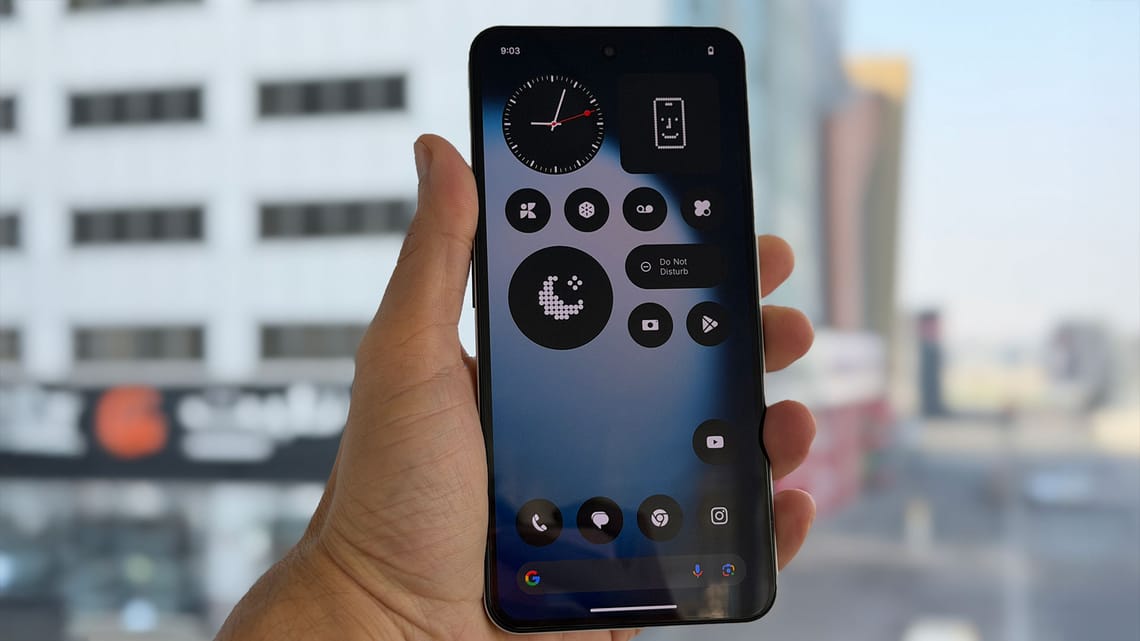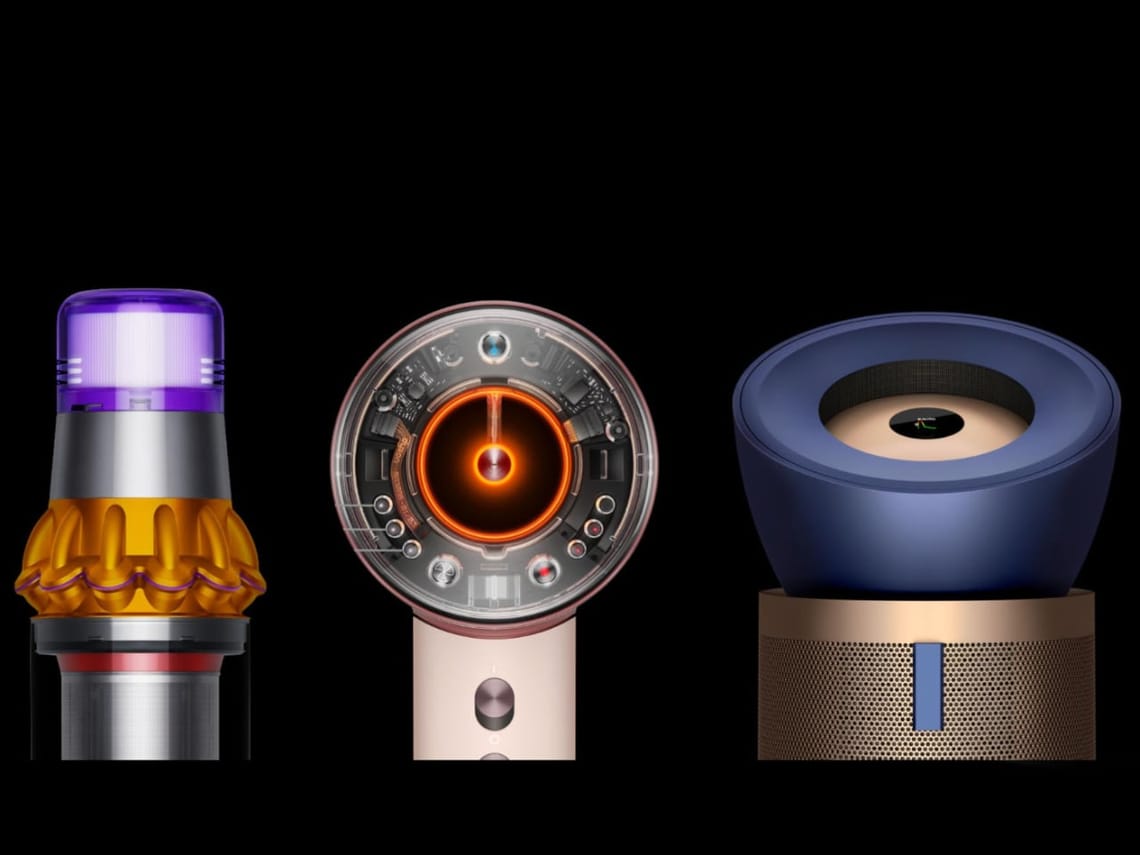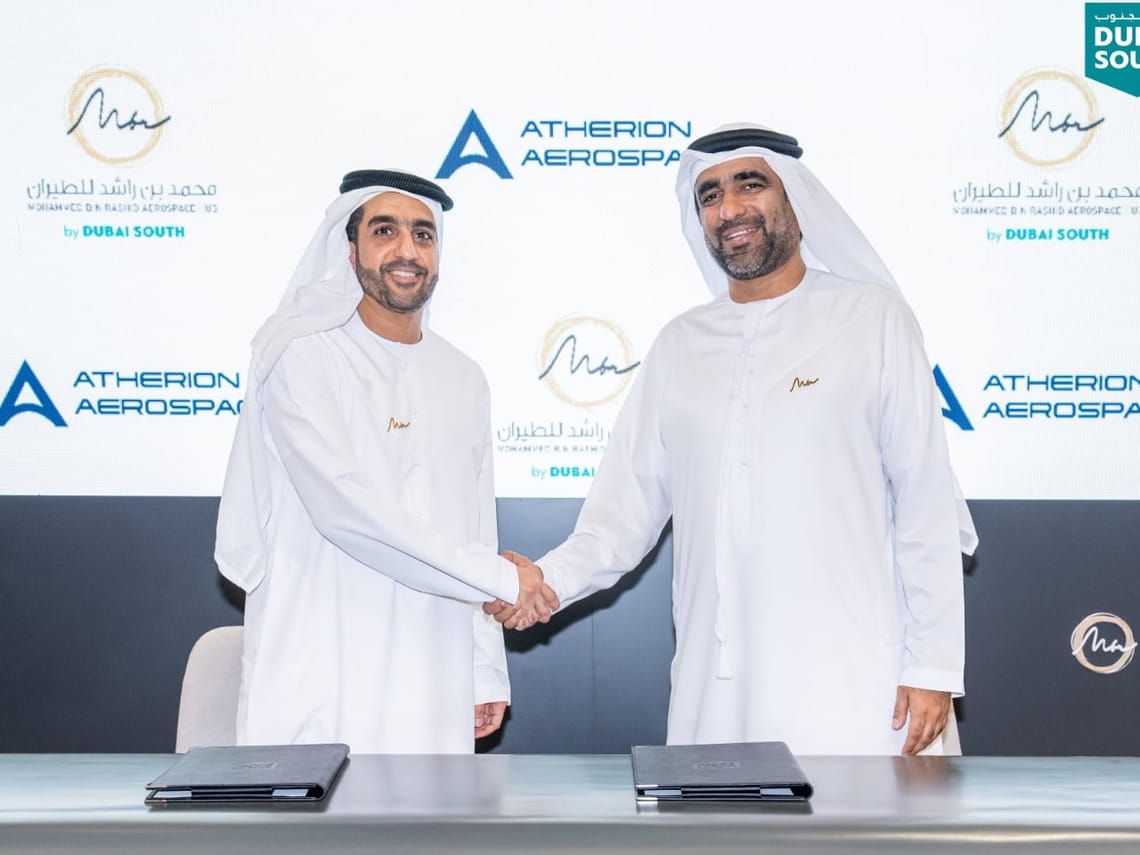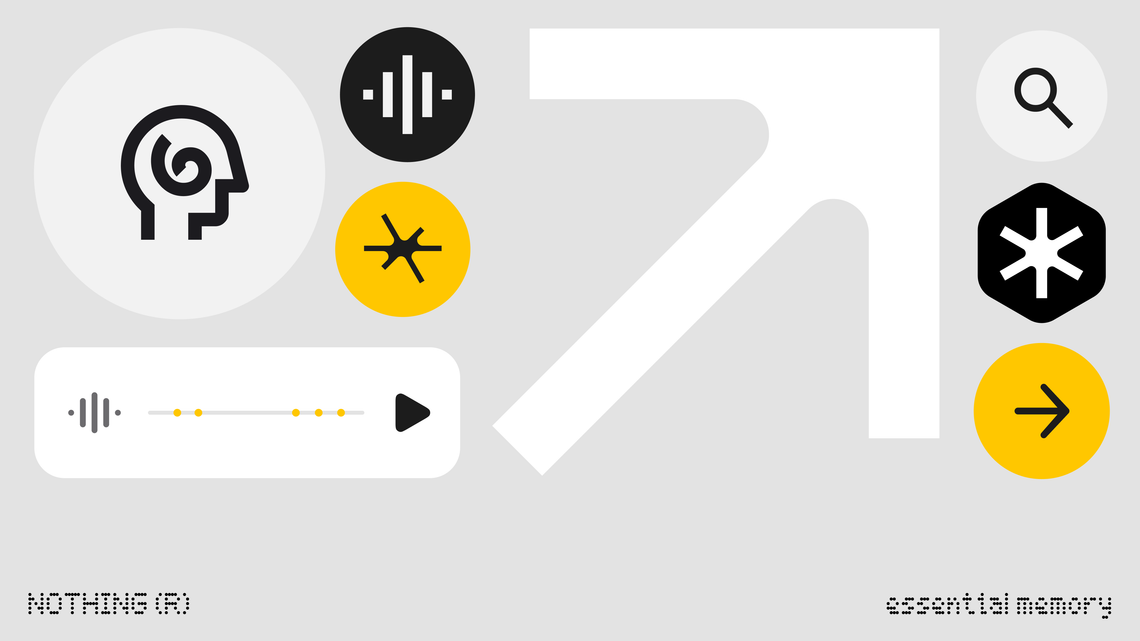Intel’s latest keynote pushes two big ideas for the next wave of PCs: faster, smarter wireless and “Agentic AI” that doesn’t just generate text but takes actions on your behalf. The plan spans integrated Wi-Fi 7 with new Bluetooth tricks, software that prioritises AI traffic, and an AI stack centred on OpenVINO, capped by upcoming hardware with serious on-device compute.
Wi-Fi 7 as the new baseline
Intel wants Wi-Fi 7 to fix reliability and latency, not just raw speed.
- Multi-Link Operation lets devices use multiple bands at once
- Integrated radios via DSOC and a high-throughput STEP interface
- Real-world test claims 1.5 Gbps in a tricky basement spot
- Goal: fewer dead zones, steadier latency
The company’s approach ties radios closer to the SoC and leans on Wi-Fi 7’s Multi-Link Operation to bond links across 5 and 6 GHz for stability and lower lag. A home trial in a 4,500 sq ft house reportedly hit 1.5 Gbps in the basement, where Wi-Fi 6/6E failed completely. The message is clear: the upgrade is about consistency as much as throughput.
- Related reading on Tbreak: our takes on Wi-Fi 7 in real homes and studios: GCC fibre speeds surge, but Wi-Fi holds homes back and the IFA roundup with a Wi-Fi 7 mesh router: Acer Iconia tablets, 280 Hz OLED monitor and Wi-Fi 7 mesh.
Smarter spectrum use on Panther Lake
Panther Lake adds features to dodge congestion and keep main channels clear.
- Single Link EMLSR splits a laptop’s antennas across bands
- Instant band switching if one path gets crowded
- AP-directed peer-to-peer keeps heavy transfers off the main channel
EMLSR uses two antennas across different bands, letting the system hop away from congestion without user input. Access points can also steer device-to-device transfers onto separate channels, leaving primary airtime for more important traffic. It’s a quiet way of reclaiming performance in apartment blocks and busy offices.
Bluetooth grows up: broadcast, proximity, reliability
New Bluetooth capabilities are about context and range, not just pairing.
- AuraCast broadcast audio to many headsets from one PC
- Chain of Sound proximity with ~10 cm accuracy for smart lock/unlock
- Dual-antenna Bluetooth for longer range and stability
Beyond sharing audio with multiple listeners, the standout is precise distance sensing that can drive useful behaviours, like locking your PC when your phone walks off. Dual-antenna Bluetooth is pitched as a market first for range and reliability.
- Want more on wireless trends across devices? See our coverage of phones and laptops ready for Wi-Fi 7: Snapdragon X2 Elite Extreme announced and Acer Swift Air 16 launches.
ICPS 5.0: networking that’s AI-aware
Intel’s Connectivity Performance Suite now recognises AI traffic and prioritises it.
- AI-aware QoS aims to cut round-trip time for AI workloads
- Claim: 35% lower RTT for popular chatbot requests
- Purpose: smoother, more responsive on-device and cloud-assisted AI
ICPS 5.0 looks past generic QoS and tags AI flows for priority, claiming a one-third reduction in round-trip latency to make assistants feel more responsive. It’s the network layer catching up with how people actually use their PCs.
Agentic AI on the PC: from generating to doing
Intel frames an AI agent as three parts: a model that reasons and reflects, an environment for tools, and memory.
- Orchestrated multi-agent demo to build a PowerPoint
- Local agents plus remote services, with reflection between steps
- Focus on quantisation and OpenVINO to run models efficiently
- Next-gen hardware target: Panther Lake with 180 TOPS across CPU, GPU and NPU
In the demo, a local orchestrator handed tasks to a slide-maker, which called a remote service to create the file, then reflected on the result and opened it. Under the hood, Intel emphasises quantisation via NNCF and a vendor-agnostic OpenVINO runtime to schedule work across CPU, GPU, or NPU. A live test cited OpenVINO 2025 delivering twice the speed of the 2024 build, plus 6x better memory efficiency and much larger context windows. The hardware roadmap points to Panther Lake with a combined 180 TOPS for on-device inference.
What is Multi-Link Operation in Wi-Fi 7?It allows one device to connect across multiple bands at the same time to improve reliability and reduce latency.
How does EMLSR help in noisy networks?It splits a laptop’s antennas across bands and switches instantly if one band gets congested, keeping sessions smooth.
What’s new in Bluetooth on these platforms?Broadcast audio with AuraCast, 10 cm-class proximity via Chain of Sound, and dual-antenna Bluetooth for better range and stability.
What does ICPS 5.0 actually improve for AI apps?AI-aware QoS prioritises AI traffic and is claimed to cut round-trip time by 35% for chatbot requests.
What is “Agentic AI” in this context?An AI that can reason, use tools, and remember. Intel’s demo chained local and remote agents to build and open a presentation, powered by quantisation and OpenVINO scheduling.
Note: Quotes and performance claims are taken from the Intel keynote; treat them as the company’s statements, not independent test results.
Subscribe to our newsletter to get the latest updates and news







